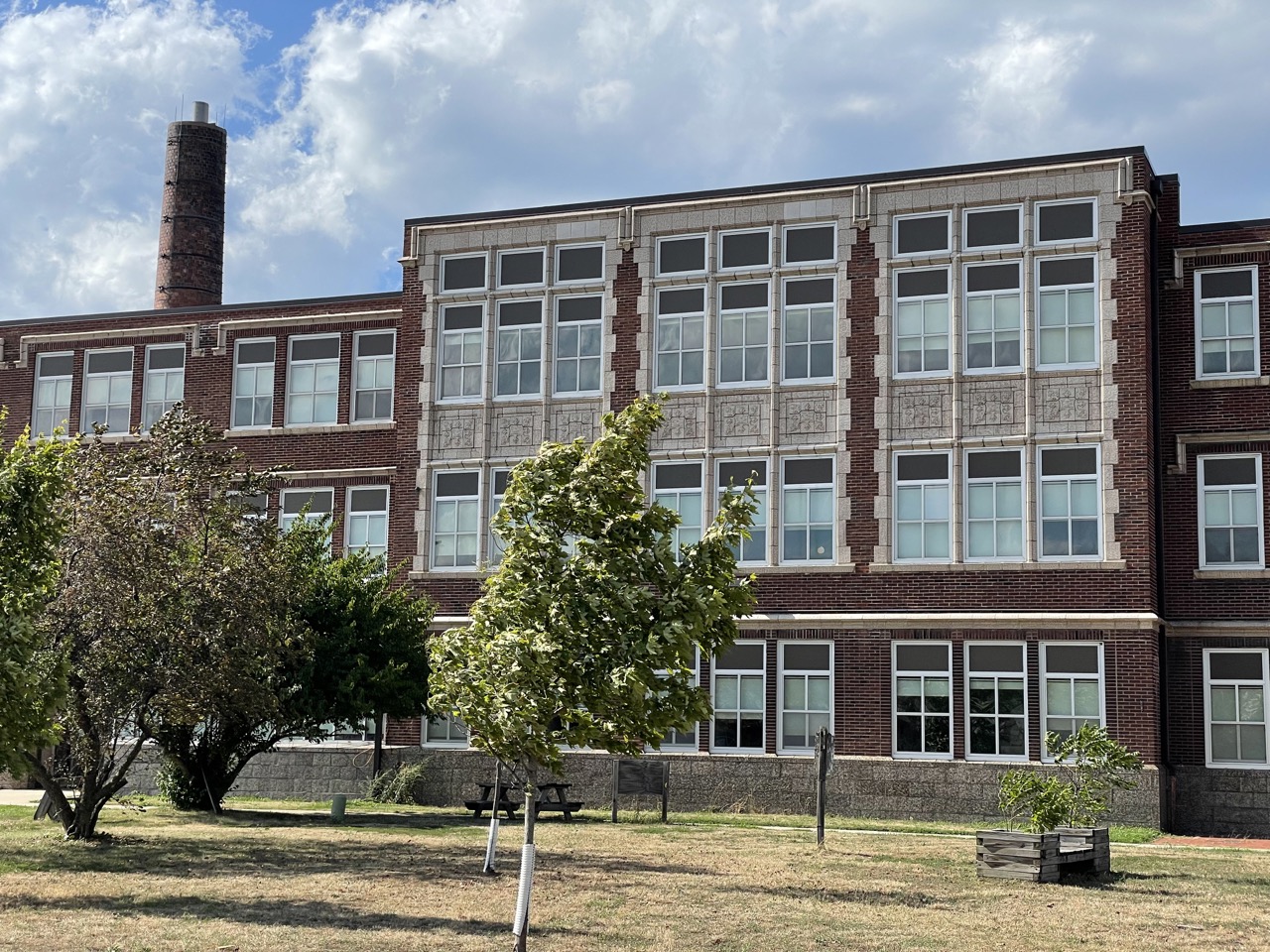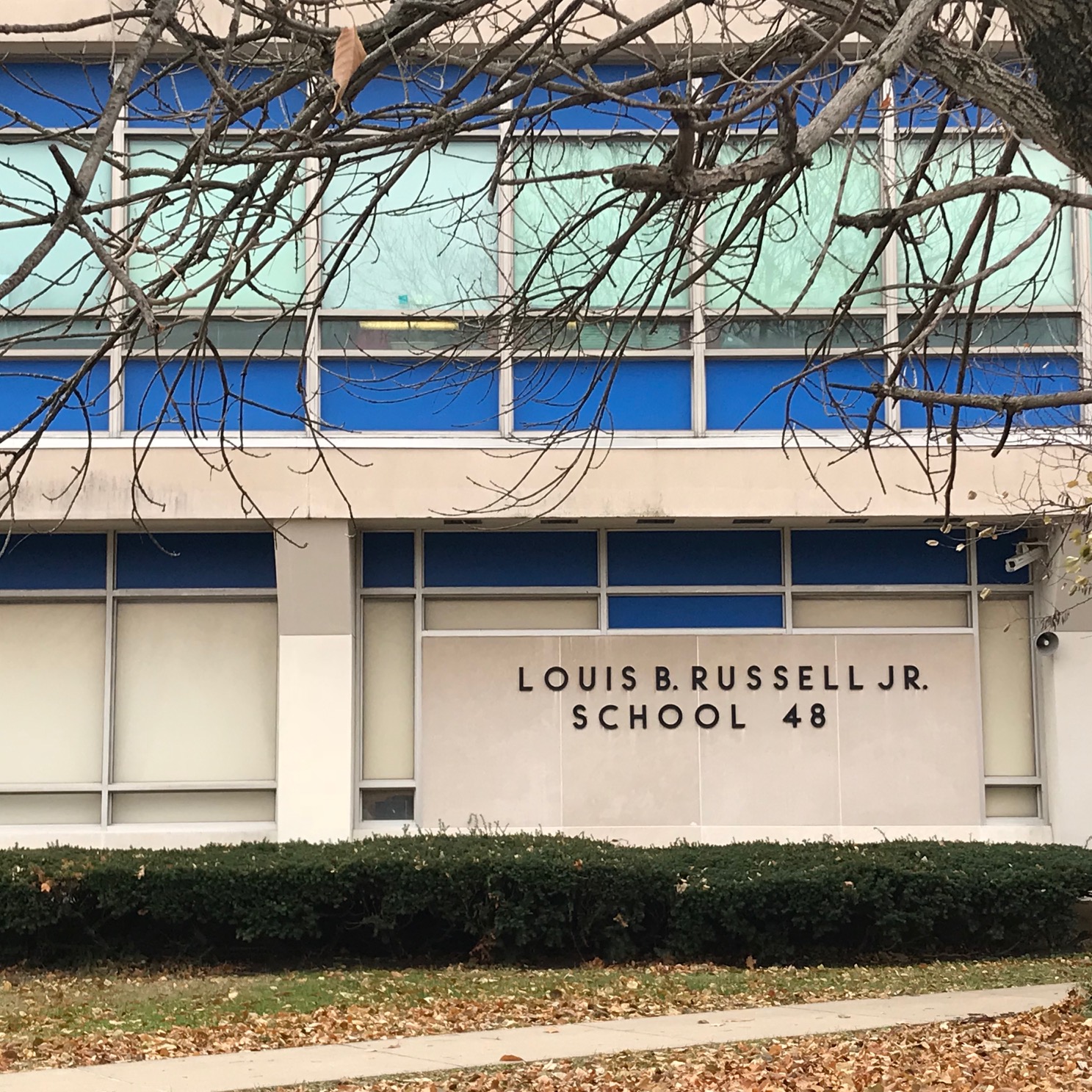Understanding Context for Ministry: Urban, Suburban, Rural
Indiana has a population of approximately 6.7 million people. Of those, 1.6 million live in urban areas, 2 million live in rural areas, and 3.1 million live in suburban areas. Although public imagination might think of Indiana as a rural state, the majority of Hoosiers describe the communities where they live as suburban, as do the majority of Americans. On some important measures, these areas across Indiana are not as different from one another as some might guess. For instance, all three areas now have broadband internet in over 80% of homes. And in all three areas, more than 85% of adults have high school diplomas. But there are other measures by which the three are very different. We believe these differences are so significant that they may offer important insights into cultural and political differences that shape the cultural context where ministry takes place.
To be clear, none of the data in this report proves anything about the culture of these areas, but it is important information that can be set alongside other data about the political or religious makeup of these areas. This data, when linked with further data about religion and politics, provides a thick empirical context for thinking about cultural differences. Interpreting culture is an incredibly complex undertaking and reasonable people will come to different conclusions, so it is important to proceed with caution and humility. We are committed to starting this conversation about cultural context–and about the role of congregations within these contexts–using a descriptive baseline to help all future assumptions and interpretations be clearer and better-informed.







